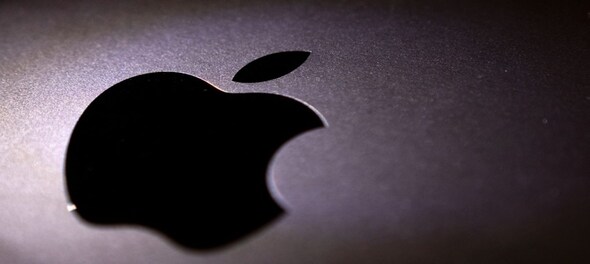
Also read:
The Quest 2 sales figure is a drop in the wearables hardware bucket compared with what Apple has been able to move, though. According to Apple analyst Neil Cybart, the iPhone maker shipped more than 100 million wearables (Apple Watch, AirPods and Beats headphones) in 2021, a 400 percent increase from 2017. Also, don’t forget the 233 million iPhones it shipped last year.
No other company can move high-end consumer hardware at Apple’s scale.
In an article from last May, Cybart makes the strong case that Apple has built a “decades-long lead in wearables” by piecing together several advantages:
Custom silicon chips: Apple acquired semiconductor firm PA Semi in 2008 for $278 million. Since then, the company has rolled out custom-built chips — often higher performing than alternatives — for its devices: A Series (iPad, iPhone), M Series (Mac), S Series (Watch), and W Series (AirPods).
Design-led product developments: Apple has long been a design-first firm tightly integrating design with engineering. When it comes to wearables, combining function and fashion is vital. Former Apple executive Jony Ive has all but perfected this approach (per The Information, Ive has consulted on Apple’s headset, including key details like “battery, camera placement and ergonomics”).
A ready ecosystem: A successful mixed-reality headset won’t be a standalone product, especially if it’s meant to interact with the real world. Apple already has solutions in place for audio (AirPods) and hand gesture (AssistiveTouch via the Apple Watch) requirements. We can expect pretty seamless integration with the headset.
The experience of building and shipping all this wearable hardware directly applies to headsets.
Unlike Meta, Apple has been mum about its actual mixed-reality investment, but we can assume it's sizable. Per Bloomberg, Apple has 2,000 employees in its Technology Development Group working on both a mixed-reality (AR/VR) headset and a standalone AR headset (unlike full-immersion VR, AR overlays “digital information and images on top of the real world”).
Apple has also made several AR-related acquisitions in recent years: AR software firm Metaio (2015), computer vision firm SensoMotoric Instruments (2017), hand-tracking tech startup Vrvana (2017), AR glass tech startup Akonia Holographics (2018) and two AR content startups NextVR and Spaces (2020).
It’s not just hardware, either. In another piece, Cybart highlights that Apple has been rolling out features on the iPhone that can be used in a mixed-reality world:
Memojis: Animated digital representations (typically headshots) of an individual.
FaceTime SharePlay: This feature allows you to listen to music or watch movies with a friend (it will “have a big role to play in mixed reality as we consume content while simultaneously interacting with friends and family”)
Live text in photos: An important way to overlay information onto the real world
Apple Maps: This feature provides AR navigating on the iPhone (and will obviously be useful in a headset).
There’s a reason why Apple isn’t messing around with its headset: Consumer devices account for 80 percent of the company’s revenue, and it’s looking for the next hit (in comparison, almost all of Meta’s sales are ad-based).
One hurdle to Apple’s headset domination is price: it could cost as much as $2,000 (a Quest 2 is available at $299 and $399).
There will also be competition from Microsoft, Alphabet, Snap and Sony Group. But none of these companies can match Apple’s combination of design chops, cutting-edge hardware and a huge existing ecosystem.
If Apple ends up winning the headset battle, it wouldn’t be the first time the company entered into a category someone else started — MP3 player, smartphone, smartwatch — and won it outright.
First Published: May 25, 2022 8:02 AM IST
Check out our in-depth Market Coverage, Business News & get real-time Stock Market Updates on CNBC-TV18. Also, Watch our channels CNBC-TV18, CNBC Awaaz and CNBC Bajar Live on-the-go!


Lok Sabha Election 2024: Issues raised by Prime Minister Modi have not resonated with people of Tamil Nadu, says Congress
Apr 19, 2024 11:38 PM
West Bengal Lok Sabha elections 2024: A look at Congress candidates
Apr 19, 2024 8:45 PM

